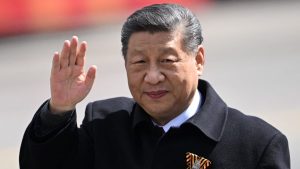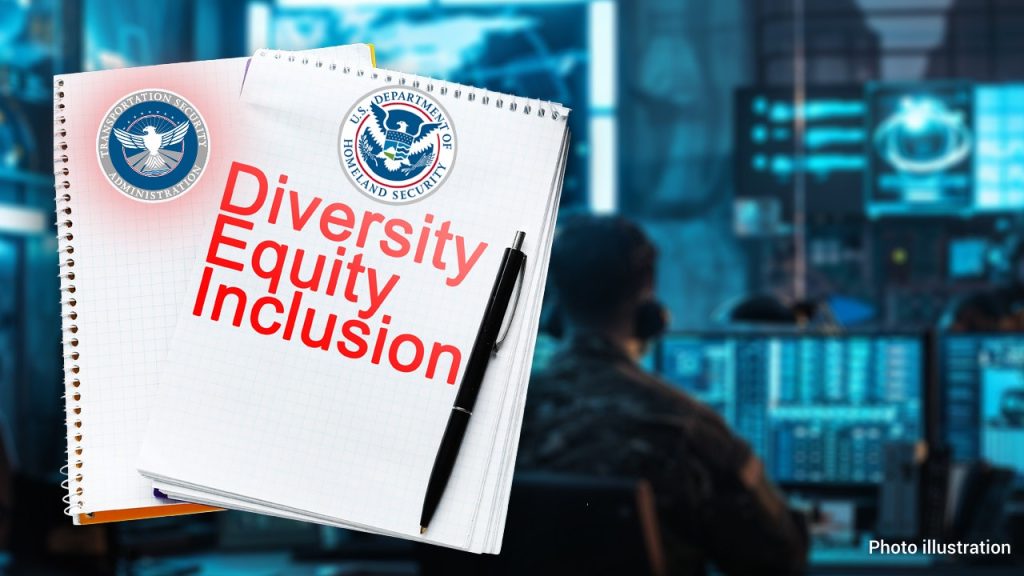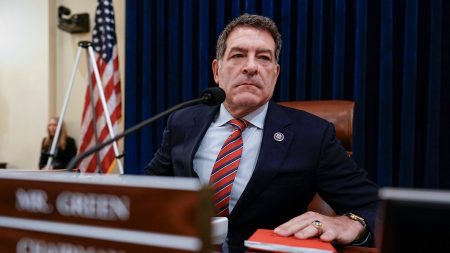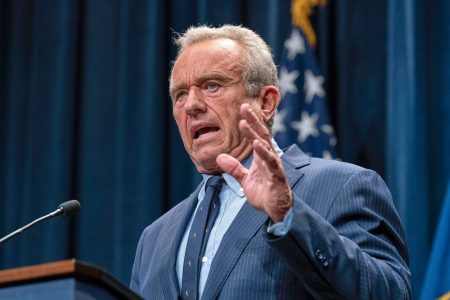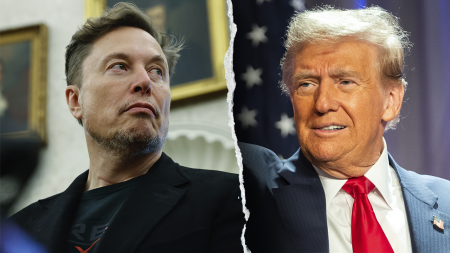The Trump administration initiated a swift and comprehensive dismantling of Diversity, Equity, and Inclusion (DEI) programs across the federal government, signaling a stark shift in policy and priorities. Acting Director of the Office of Personnel Management (OPM), Charles Ezell, issued a memo outlining a tight timeline for agencies and departments to comply with the executive order abolishing these initiatives. The memo served as an operational blueprint for the rapid eradication of DEI structures and programs within the federal workforce.
The initial phase of the directive, with a deadline of Wednesday afternoon, focused on immediate actions: notifying employees of the DEI office closures, placing DEI staff on paid administrative leave, and removing all public-facing DEI materials. This swift removal aimed to immediately signal the administration’s change in direction and prevent any further dissemination of DEI-related information. Agencies were also instructed to rescind all documents, directives, and plans related to the now-repealed Executive Order 14035, which had established DEI initiatives under the previous administration. This revocation aimed to formally nullify the previous administration’s DEI framework. Finally, all DEI trainings were to be cancelled, and contracts with DEI-related vendors terminated, effectively severing ties with external entities promoting DEI principles.
The second wave of the directive mandated reporting requirements for agencies. By Thursday afternoon, agencies were required to provide OPM with a comprehensive inventory of all DEI offices, employees within those offices, and related contracts as of November 5, 2024. This data collection aimed to provide the OPM with a clear picture of the scope of DEI programs across the federal government, facilitating oversight and ensuring compliance with the executive order. Furthermore, agencies were instructed to submit their plans for full compliance with the executive orders and the memo’s stipulations, outlining their strategy for implementing the dismantling of DEI programs. This reporting requirement enabled the OPM to monitor the progress of each agency’s compliance efforts.
The final phase of the directive concentrated on workforce reduction and further identification of DEI-related activities. By Friday afternoon, agencies were tasked with submitting a formal reduction-in-force plan for employees working in DEI offices, effectively outlining the process for their dismissal. This action aimed to permanently eliminate DEI-focused positions within the federal government. Additionally, agencies were required to provide a list of all job descriptions that had been modified since November 5, 2024, to identify any attempts to obscure connections to DEI programs. This measure was designed to uncover any efforts to circumvent the executive order by rebranding or concealing DEI functions within existing roles.
The memo’s tight deadlines and comprehensive scope underscore the administration’s commitment to rapidly dismantling DEI programs within the federal government. The directive’s phased approach, from immediate actions and data collection to workforce reduction and identification of obscured DEI activities, demonstrates a systematic strategy to thoroughly eliminate these initiatives. The move signifies a significant departure from previous administrations’ focus on diversity and inclusion, marking a new era in federal personnel policy.
This abrupt shift in policy has sparked considerable debate. Supporters of the executive order argue that DEI programs promote division and discriminate against certain groups, while opponents contend that these initiatives are crucial for fostering a more inclusive and equitable workplace. The dismantling of DEI programs within the federal government reflects a broader societal discussion on the role of diversity and inclusion in public institutions.
The long-term implications of this policy shift remain to be seen. The reduction in force and elimination of DEI-related training could potentially impact the diversity of the federal workforce and the government’s ability to address issues of equity and inclusion. The changes also raise questions about the future of diversity and inclusion efforts in other sectors, such as education and private industry. The swift and decisive action taken by the Trump administration signals a fundamental change in the approach to diversity and inclusion within the federal government, and its ripple effects are likely to be felt throughout the nation.


